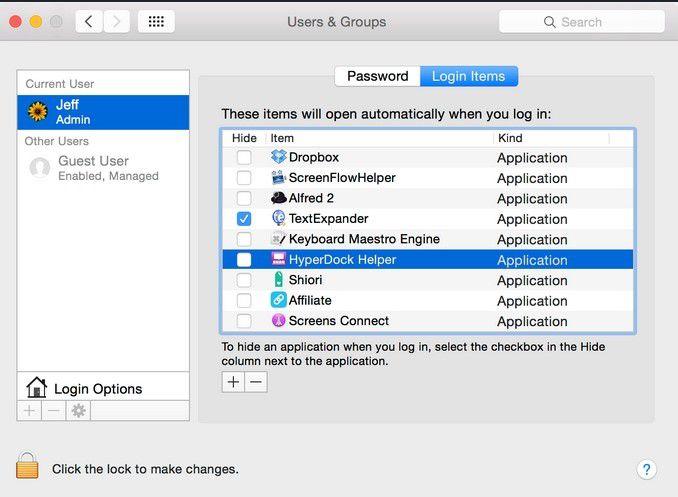Macos Catalina Will Be Installed On The Disk Macintosh Hd
Reinstall macOS. Select Reinstall macOS from the utilities window in macOS Recovery, then click Continue and follow the onscreen instructions. Follow these guidelines during installation: If the installer asks to unlock your disk, enter the password you use to log in to your Mac. If the installer doesn't see your disk, or it says that it can't. On the right, check if the description below the disk name mentions GUID Partition Map. If it doesn’t, you need to reformat the external disk before you can install macOS on it. For information about reformatting an external disk using Disk Utility on Mac, see Erase and reformat a storage device.
MacOS X Catalina cannot be installed on Macintosh HD. Tagged hard-drive macos disk-utility. The same partition GUIDs as the source/host hard disk.
macOS Catalina runs on a dedicated, read-only system volume called Macintosh HD. This volume is completely separate from all other data to help prevent the accidental overwriting of critical operating system files. Your files and data are stored in another volume named Macintosh HD - Data. In the Finder, both volumes appear as Macintosh HD.
The Disk Utility app in macOS Catalina shows that Macintosh HD is the read-only system volume and Macintosh HD - Data contains the the rest of your files and data.
If you upgrade to macOS Catalina from an earlier version of macOS, the read-only volume is created during the upgrade process. Files or data that you previously stored in the startup volume are now stored in this new volume, and some of these files may appear in a new folder called Relocated Items. You can check this folder for any files that you can’t locate.
With macOS Catalina, you can no longer store files or data in the read-only system volume, nor can you write to the 'root' directory ( / ) from the command line, such as with Terminal.
About the Relocated Items folder

Macos Catalina Will Be Installed On The Disk Macintosh Hd Download
While creating the two separate volumes during the upgrade process, files and data that couldn’t be moved to their new location are placed in a Relocated Items folder. The Relocated Items folder is in the Shared folder within the User folder (/Users/Shared/Relocated Items) and available though a shortcut on the Desktop. The Relocated Items folder includes a PDF document with more details about these files.